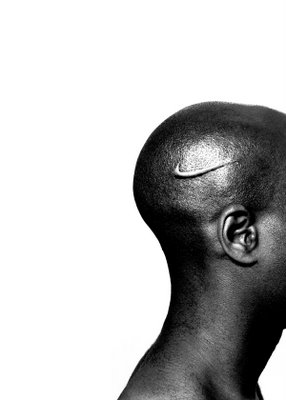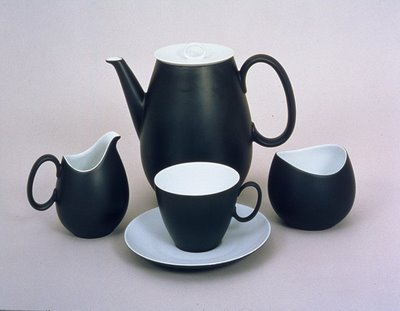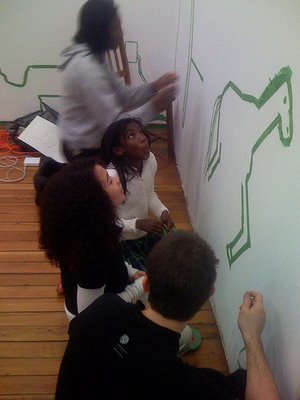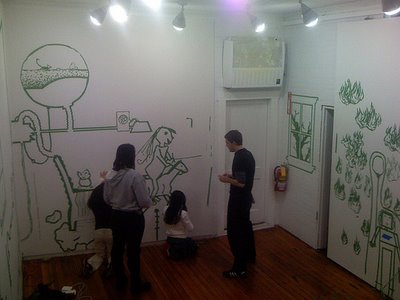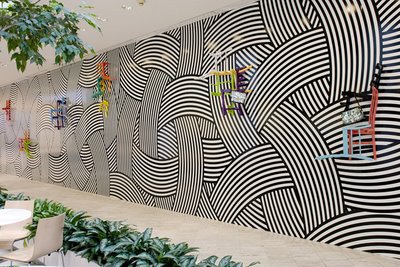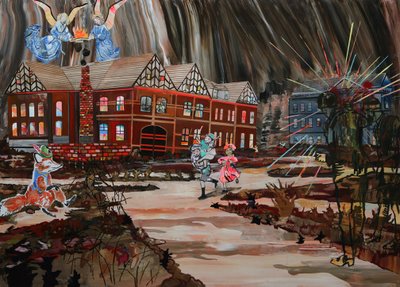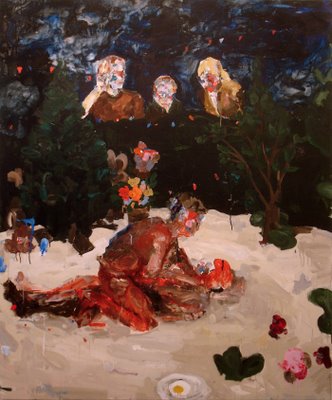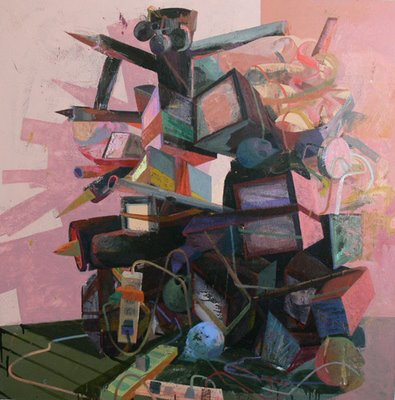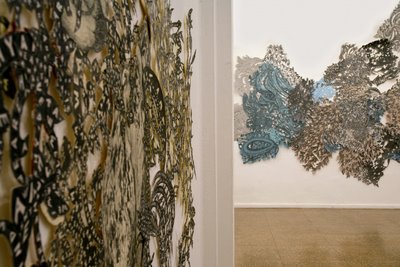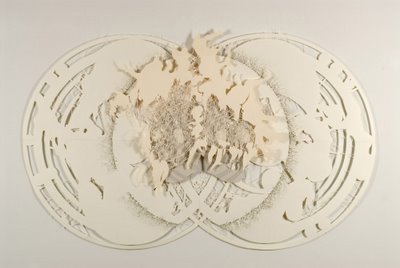Iván Navarro
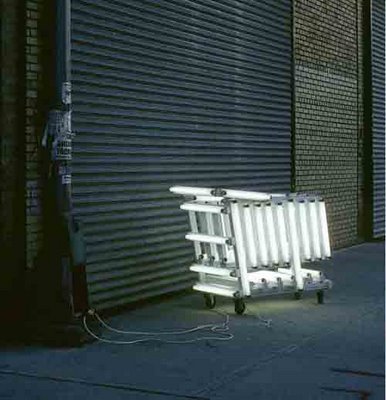
From my review of New Yorker Iván Navarro’s show at the Tufts University Art Gallery:
“Flashlight: I’m not from here, I’m not from there” (2006) is a large black wheelbarrow covered with lit blue fluorescent bulbs (à la Dan Flavin); “Homeless Lamp: The Juice Sucker” (2005) is a bulky white shopping cart covered with lit white fluorescent bulbs. On their own they’re magnetic (the bright lights attract your eyes but prevent you from seeing them clearly) but inert. They come alive in videos in which men wander city streets or deserted railroad tracks and break into street lamps to steal electricity or siphon gas from a car to fuel a generator to power the sculptures’ lights. They become melancholy meditations on homelessness and poverty, on power and powerlessness.Read the rest here.
“Iván Navarro,” Tufts University Art Gallery, 40R Talbot Ave., Medford, Jan. 17 to March 30, 2008.
Pictured: “Homeless Lamp: The Juice Sucker” (2005).





